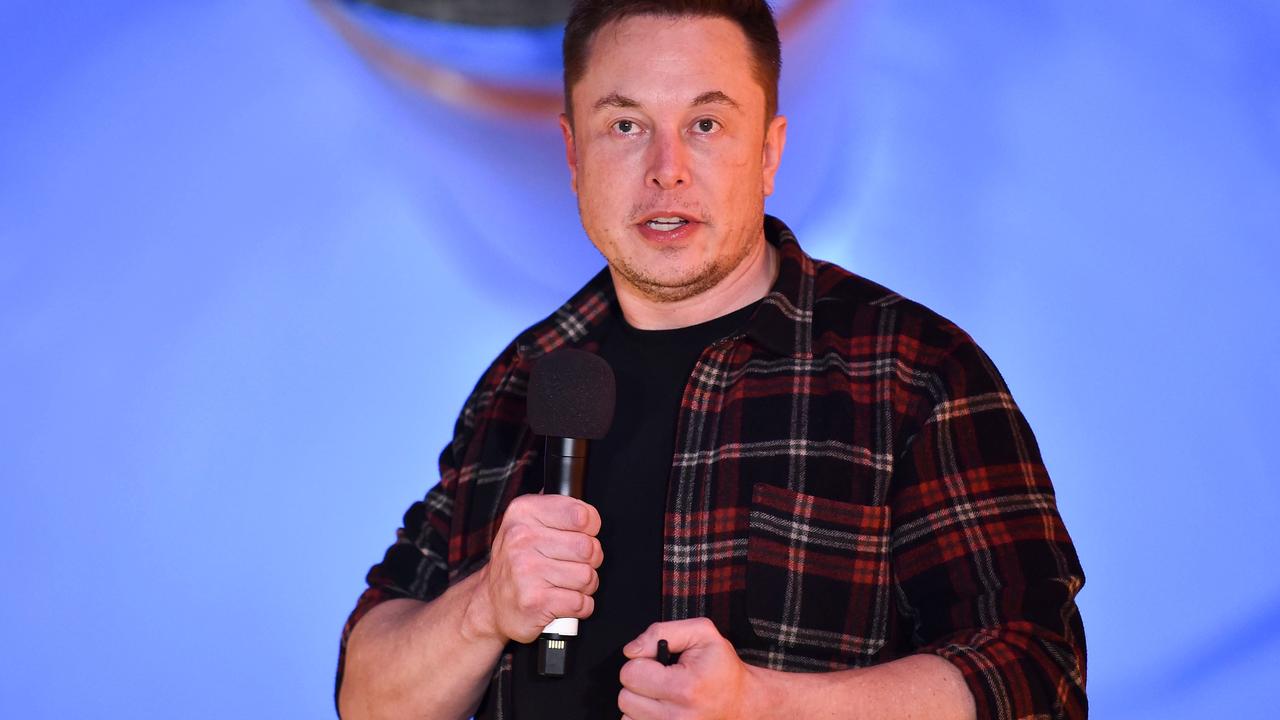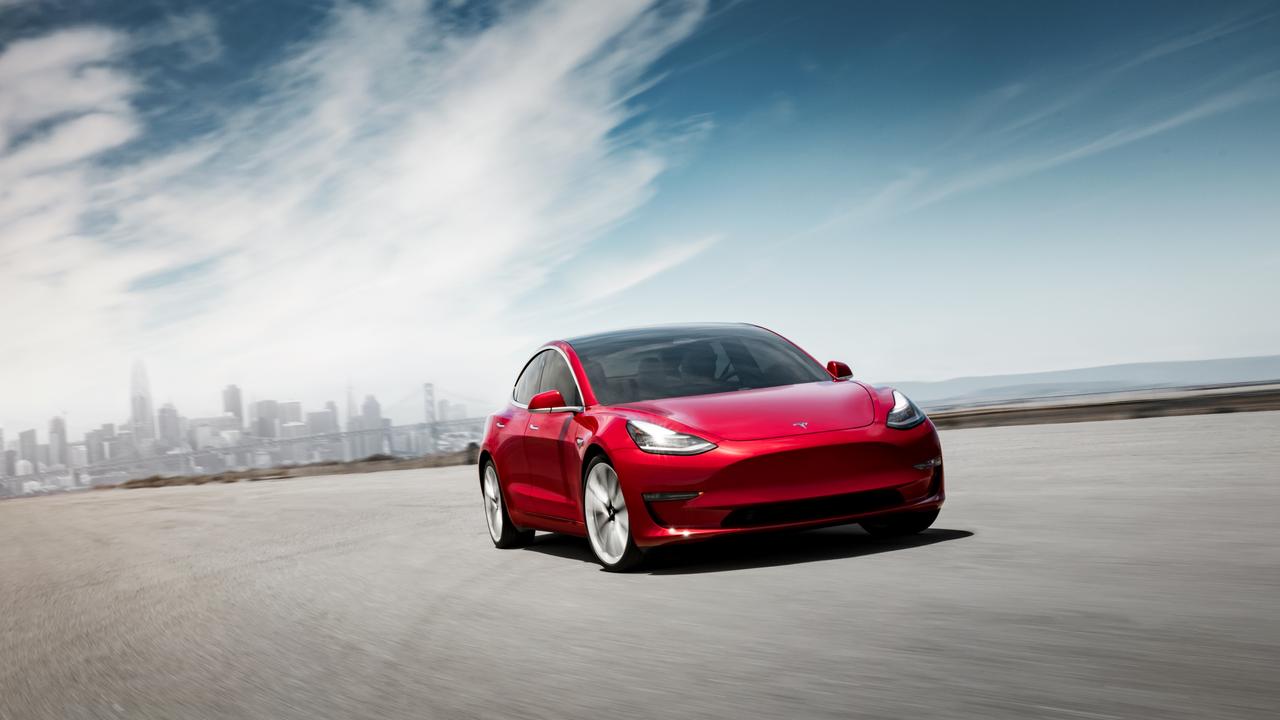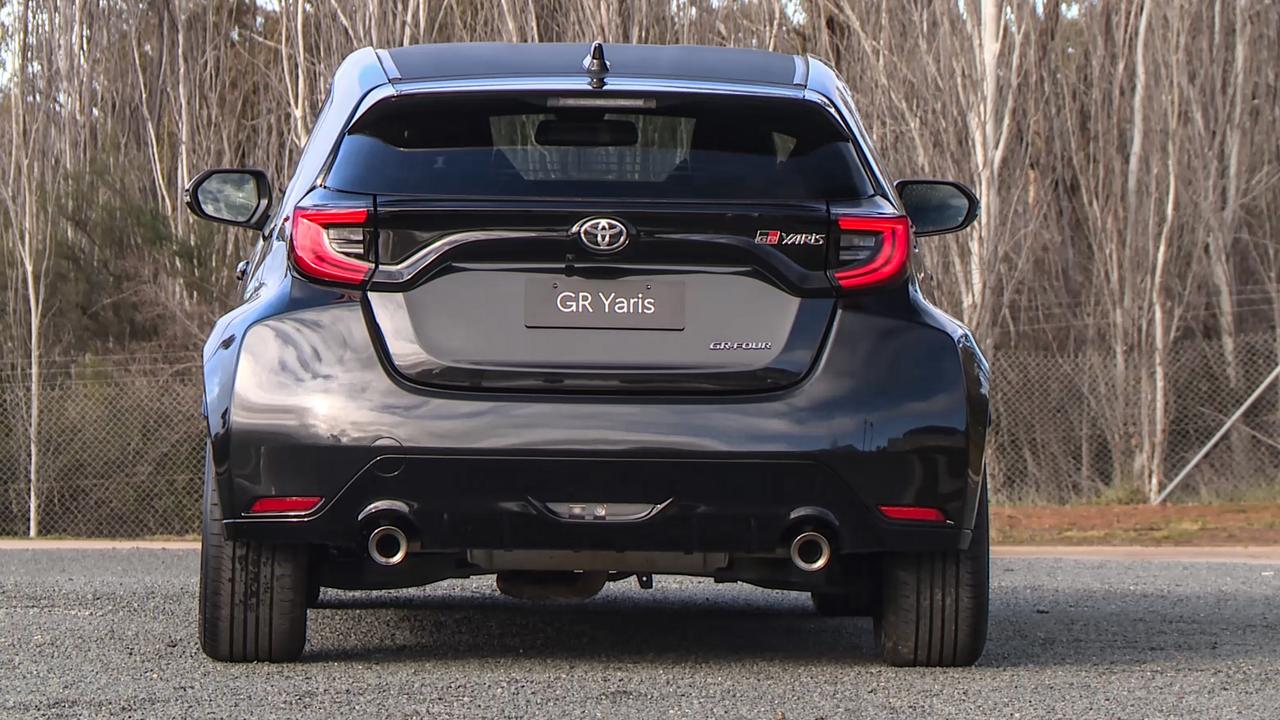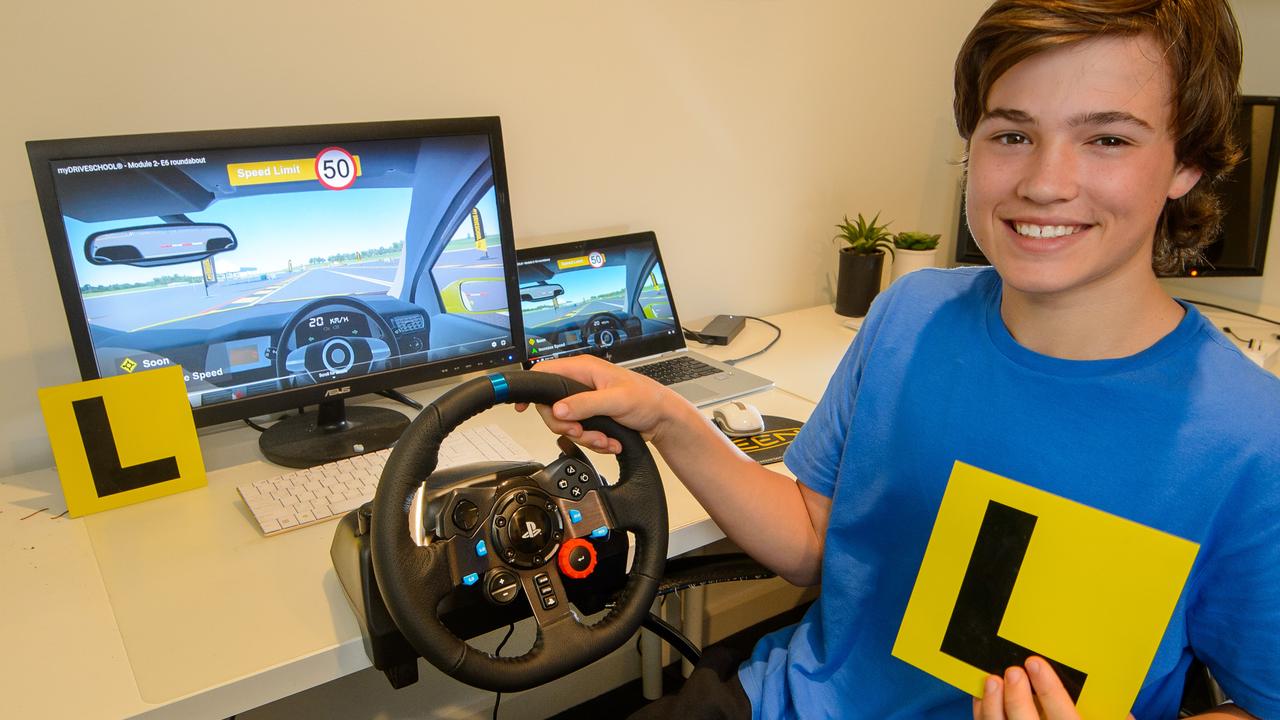Elon Musk: Tesla drivers can sleep behind the wheel ‘next year’
Bold claims from Elon Musk are nothing new. But the outspoken Tesla leader’s latest position has created headlines around the world.

Tesla boss Elon Musk says “full self-driving” cars will hit the road this year, with drivers able to sleep in their vehicles in 2020.
The outspoken executive made headlines around the world following an appearance on South Africa’s ARK Invest podcast, where he spoke about ambitious plans for the future.
“My guess as to when we would think it is safe for somebody to essentially fall asleep and wake up at their destination? Probably towards the end of next year,” he said.
“I think we will be feature complete, full self-driving, this year — meaning the car will be able to find you in a parking lot, pick you up, and take you all the way to your destination without an intervention — this year.
“I would say I am of certain of that. That is not a question mark.”
The bold position provoked sceptical reactions from industry experts.
Veteran road tester and Top Gear host Chris Harris said he was “mildly terrified at the prospect”, suggesting that Musk is “talking tripe”.
Today’s Times. Hard to know how to respond. Other than to be mildy terrified at the prospect. And suggest that someone’s talking tripe. pic.twitter.com/A0QUo4szjd
— chris harris (@harrismonkey) February 23, 2019
Writing for Electrek, electric vehicle specialist Fred Lambert said “I don’t like how Elon calls this “full self-driving” yet it would still require drivers to actively supervise the system”, and questioned whether Musk could deliver on his promise.
Cox Automotive spokesman Karl Brauer told CNBC in the US that “I think the term ‘misled’ works here” and that “nobody else is making that claim”.
Musk’s position clashes with evidence put before an ongoing Parliamentary Committee into automated transit in Australia. The Department of Infrastructure, Regional Development and Cities could not say when fully autonomous vehicles might reach Australian roads when giving evidence to the committee, while representatives from the Federal Chamber of Automotive Industries said Australian motorists might have to wait 10 years or more before making the most of such technology.

Leigh Obradovic, policy director for the FCAI, told a committee chaired by Bennelong MP John Alexander that “vehicle manufacturers are researching developing and progressively introducing new technologies to make vehicles more automated and connected”.
“However, even with this rapid development, mass market introduction of very high or full levels of driving automation systems is unlikely until at least 2030,” he said.
“Widespread compatible communications and road infrastructure will be vital as will significant investment in infrastructure to enable connectivity between multiple vehicles but also between a vehicle and essential infrastructure.”
Autonomous vehicles are graded on a scale from one to five, with level one representing mild assistance such as active cruise control or autonomous emergency braking, and level five being a driverless pod with no controls for human occupants.
Level three vehicles allow drivers to hand off control to a vehicle in limited circumstances, while level four cars will be able to handle all driving duties when required.
The most advanced cars on sale in Australia currently offer level one or two automation, but Obradovic said people can expect to see significant development in the next decade.
“The next level three, level four type automated systems [are] coming through over the next five to 10 years - probably 2030,” he said.
“People buying a [Toyota] Corolla equivalent in the late 2020s, early 2030s will be having that higher level of automation in their vehicles.
“It’s not that far away.”




